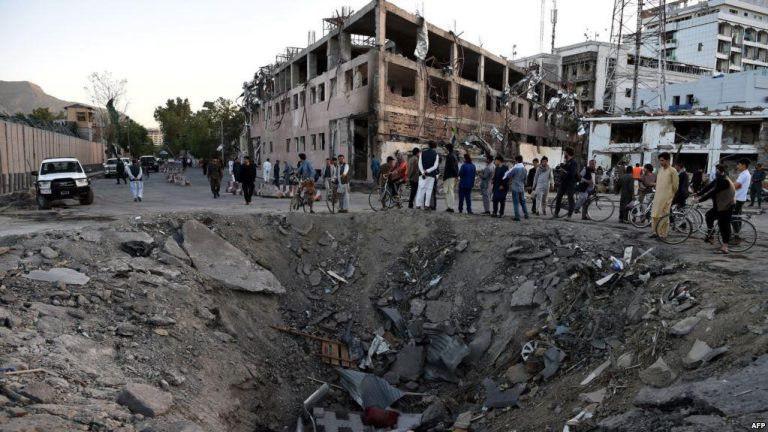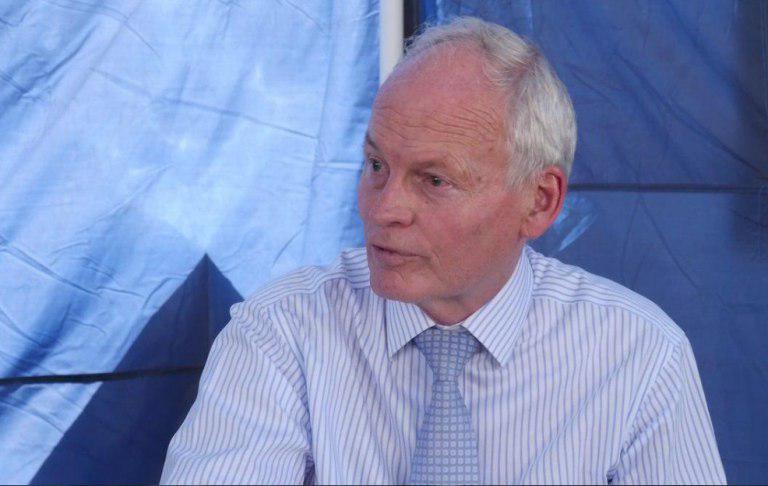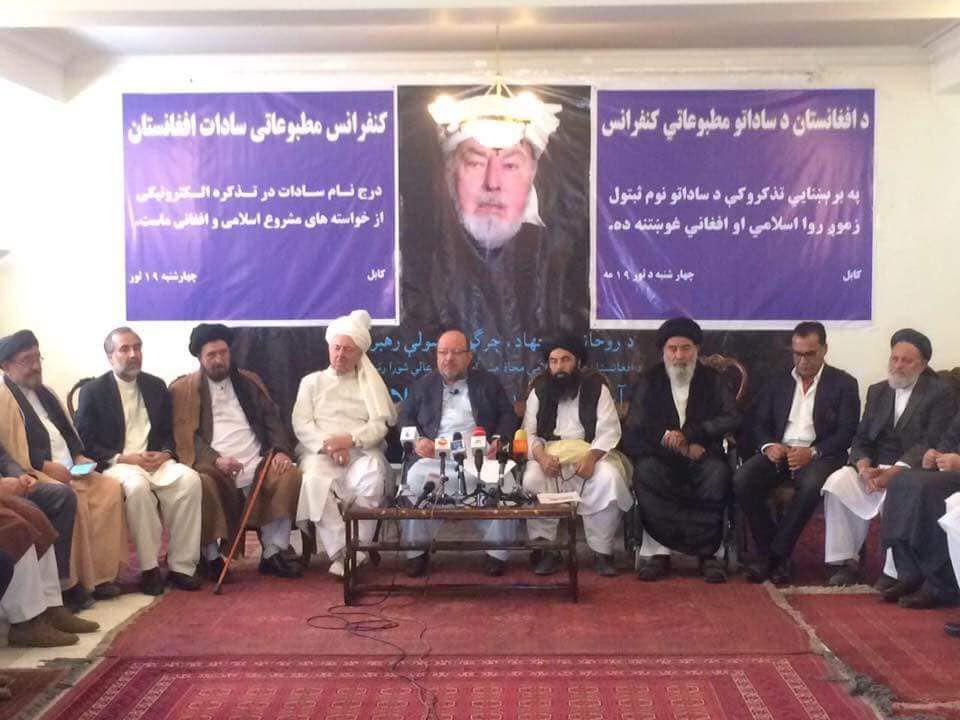Trump, Biden and the myth of post-election peace in Afghanistan
When it comes to promoting plans on counter-terrorism, both Trump and Biden camps are quick to suggest U.S. imperatives against groups such as Al Qaeda. But that very same commitment seems to take a backseat when Washington’s own terms of engagement with the Taliban are subject to critical scrutiny.

The next few days would either mark continuity in President Donald Trump’s “America First” foreign policy or establish a starting point for Democrat candidate Joe Biden to rebuild American leadership. But after dozens of swing-state rallies, mixed signals to European allies and fruitless bickering over alleged foreign interference, both candidates appear noticeably silent on Washington’s longest military engagement in history and its promise of peace in Afghanistan.
Biden and Trump’s seasonal focus on settling the Afghan conflict represents a compromising contrast to the suffering of Afghan civilians, who are caught in the throes of Taliban and ISIS militant offensives in recent weeks.
Part of this selectivity owes to the long-standing social, military and political challenges to Washington’s withdrawal-focused policy imperatives in Afghanistan. For instance, it continues to view post-conflict political stability in Afghanistan as the result of a scaled-down U.S. counter terrorism presence, even when Taliban fighters exercise disproportionate violence to demand that Washington withdraw its forces in full.
“The sooner the Americans leave Afghanistan the better it is for the Taliban and Kabul administration to succeed at the peace talks,” stated Taliban spokesman Zabihullah Mujahed in a Bloomberg interview. “The Kabul administration views the presence of U.S. troops as essential for the survival of their power, and their withdrawal from the country would compel them to consider the peace talks as the last resort.”
There is a good chance that Biden would refuse to confront the so-called “conditions-based” troop withdrawal formula if he assumes presidency. This likelihood is driven by his own campaign rhetoric on Afghanistan, the most prominent of which suggests that a convenient trade-off between Afghanistan’s nation-building prospects and the success of Washington’s notorious counter-terrorism operations is worth it.
For Trump, the limits of post-withdrawal peace are no less predictable. His conjecture about all U.S. troops being home by Christmas adds to a sustained loss of credibility within Kabul’s strategic community. Orzala Nemat, a leading civil society activist, considers Trump’s self-proclaimed conflict successes in Afghanistan as a direct sign of his administration undercutting “the Afghan people.”
A chief impediment to any incoming U.S. administration is to undo the U.S. military’s scenario-building on significant violence reduction across Afghanistan. In a widely quoted interview last month, U.S. General Mark Milley, chairman of the Joint Chiefs of Staff, justified “significant” progress on violence reduction in Afghanistan, when measured against past timelines of “two to … five years.” Milley’s reluctance to admit that the same gains are nearly non-existent in recent months, makes it possible for any incoming administration to deflect Washington’s military shortcomings on either Taliban’s lack of compliance or Kabul’s internal political divisions.
Interestingly, Washington continues to prioritize the Afghan government’s ceasefire calls, and takes a gamble on the Taliban’s ability to disarm, even when recent evidence points to Al Qaeda being “heavily embedded” within Taliban ranks. This speaks to an important dichotomy, because the fear of an enduring Al Qaeda-Taliban connection is exactly what compelled the Trump administration to condition U.S. withdrawal from Afghanistan on the Taliban’s severance of ties. This severance commitment enjoys widespread support in Capitol Hill.
But statements from the coordinator of the UN’s ISIL, Al Qaeda and Taliban Monitoring Team last week confirm that the Taliban is cooperating with Al Qaeda through a “good deal of military … and training action.”
The friction is simple: When it comes to promoting plans on counter-terrorism, both Trump and Biden camps are quick to suggest U.S. imperatives against groups such as Al Qaeda. But that very same commitment seems to take a backseat when Washington’s own terms of engagement with the Taliban are subject to critical scrutiny.
Moreover, Afghanistan’s backbone is its 38 million-strong population, much of which stands the most to lose if the on-going intra-Afghan dialogue loses steam. Women in rural areas – where approximately 76 percent of the country’s women live – experience violent fighting between the Taliban, government forces and local militias on a regular basis. The Taliban have successfully intensified attacks against women and children, even as U.S. representatives and Afghan negotiators warn the insurgents of resisting ceasefire calls.
As a result, Washington’s stock rhetorical campaigning sets a fundamental reality in stone: The leverage to cultivate peace in Afghanistan is no longer with the United States. This limitation also calls into question a broader, contradictory justification touted by Washington’s military establishment on Afghanistan: It is trying its best to end the conflict on conditions that suit the Afghan people, and American security interests at-large.






